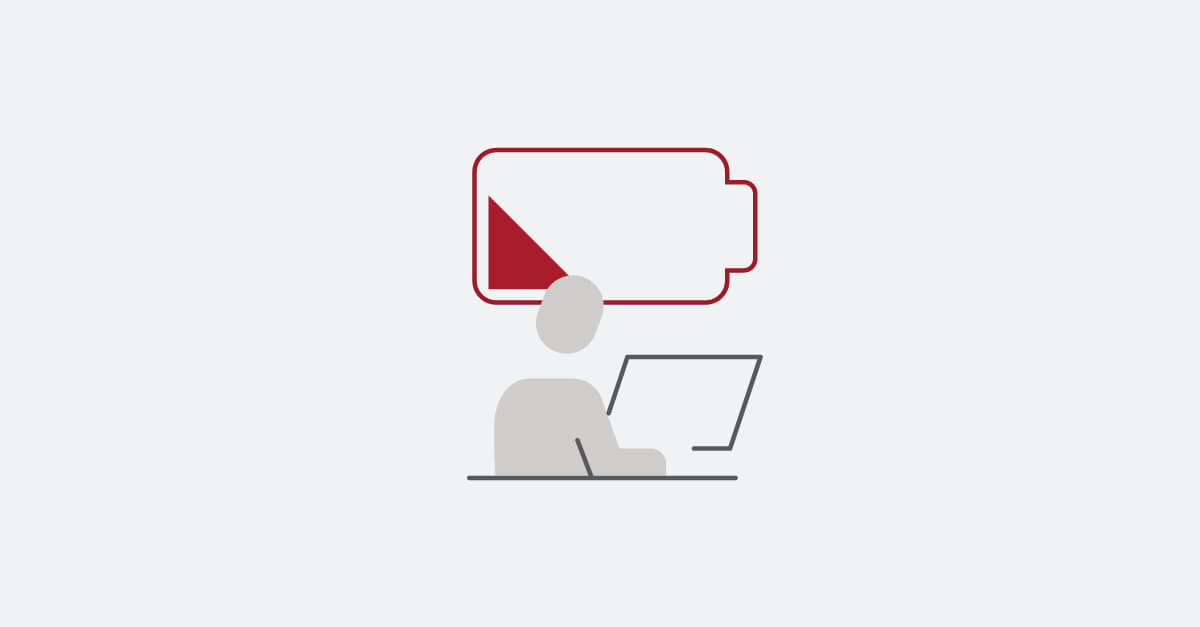Blog
How To Prevent and Overcome Change Fatigue in the Workplace
|

Blog
How To Prevent and Overcome Change Fatigue in the Workplace|

Employees and workplaces across the globe have experienced extraordinary levels of change in the past 18 months. Everyone, including leaders and employees, is suffering from change fatigue and frustration on some level.
Change fatigue is toxic to successful change. While businesses cannot stall change initiatives indefinitely, they can take a step back to understand the current environment and evaluate what they need to address before preparing employees for additional change. Employee burnout and apathy result in lower employee engagement and productivity that makes it exceedingly difficult to inspire employees to adopt a new change. This means organizations must address and overcome change fatigue before attempting to implement new change.
What causes change fatigue in organizations?
Every change, no matter how big or small, requires energy and focus for individuals to shift from the old way of doing something to adopting new habits and behaviors. Change fatigue in the workplace most often happens as a result of one of the following change management missteps:
1. Too much change in a short period of time
People can only handle so much change without experiencing exhaustion. Organizations could not do much to reduce change during the COVID-19 pandemic. However, as we begin to see signs of normalcy returning, businesses can be thoughtful about how they move forward with change initiatives by checking in on employee energy levels before announcing a new change.
Interestingly, large-scale changes are not the only ones that contribute to change fatigue. Gartner recently found that day-to-day changes, like being assigned a new manager, may actually take a greater toll on employees. Organizations should be aware of all of the large and small changes they ask employees to make concurrently at any given time to prevent change fatigue.
2. Promises of change with little success
Half of all change initiatives fail, according to Gartner. Many employees have been through as many failed changes as they have successful ones. Organizations that launch change initiatives but fail to gain traction and create momentum put employees through the hassle of change without ever delivering positive benefits. This frustrating process results in change fatigue.
Repeated failed changes tend to create both active and passive change resistance across the organization. Employees tire of change, and they trust future change initiatives less. Following a trusted change management model improves an organization’s chances of successful change.
3. Leaders tune out of change too soon
Change initiatives fail when organizations don’t communicate well about changes and when leaders don’t remain committed to the change management process, which can take months to years. Leaders tend to see a change as complete sooner than employees because they see their job as finished once they develop the change strategy and hand it off for implementation. This premature exit creates the perception among employees that the leader has disengaged from the change and is no longer endorsing it.
Leaders must stay engaged in the change until the change has become a part of the culture or a standard organizational process. Successful change requires consistent involvement from leaders to sustain employee energy throughout the initiative.
How to best support fatigued employees
Beehive’s change model of choice, the Prosci ADKAR® Model, recognizes that successful change happens only when individuals embrace change and alter their behavior. Change fatigue is a real barrier to employees changing their behavior — and thus, to effective change.
Ideally, organizations would prevent change fatigue from happening in the first place. However, if change fatigue occurs, leaders must first recognize it and address the mental and emotional impact on employees before trying to advance anything further. Organizations that realize they are in a state of change fatigue benefit from pausing change initiatives to evaluate the following:
- What has happened to create change fatigue in our organization?
- What can we do to address this going forward to prevent future change fatigue?
- What feedback and input can we gather from employees to better support future change?
Organizations can then take the following steps to refresh the energy of their employees and ensure they maintain a healthy and committed workforce through future changes:
- Prioritize change initiatives. Prioritize change initiatives to support company goals and focus first on what will make the most significant difference to the organization and its employees. Reduce employee stress and fatigue by limiting simultaneous changes.
- Invest in employee resiliency. Employees are more resilient and better able to navigate change when they are healthy and supported. Organizations can invest in employee resiliency in various ways, including with strong organizational values, a healthy workplace culture, great benefits, wellness programs and ensuring employees take their PTO to renew and refresh.
- Keep leaders focused on the “why” of change. Change is only successful when employees understand why the change is necessary and what’s in it for them. Invest in strong change management communication and keep leaders and change sponsors focused on this why. Leaders should also stay visible and accessible throughout the entire change process.
- Create consistent feedback loops with employees. Leaders that listen to employees during change initiatives give employees a voice, which promotes understanding, trust and a stronger willingness to adopt changes. Gather feedback to stay up-to-date on how employees feel (so the company can prevent change fatigue more proactively) and find opportunities to showcase how the organization has listened to employees through its actions. More engaged employees will feel more appreciated and be more likely to adopt change.
Constant change will continue to impact organizations. Companies that strive to navigate change successfully and with a healthy workforce should first assess their organization’s readiness for change. Pairing a change readiness assessment with an honest evaluation of change fatigue can help organizations take the next best step forward.

